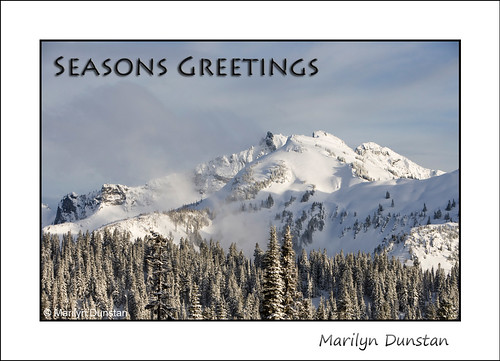
In my view, the most profound concept to come from the Wikileaks saga is how we define categories and how that categorization reflects changing technology. We form mental categories, assigning meaning to events based on our experiences and the internal representations of those experiences. The richness of life reflects how these categories vary between people, places, events.
Society organizes around these categories with laws and social norms. Concepts thread their way from the dawn of time to the present, providing a beacon around which to organize.
Over time, these structures have been built around differing sets of risks and rewards as technology and social norms have evolved. As we inherently consider risks and rewards in our decision making, the fact that risks (and rewards) have changed so much with advancing technology means that structures and concepts will be reexamined to reflect those changes.
The ability for small changes to leverage themselves so quickly over such a wide area provides opportunity for considerable rewards but at the same presents considerable risks. It is incumbent upon us as a society to examine both elements, risk and reward and to reflect how we categorize the many things that impact our life. These are issues society must decide as it moves forward.







